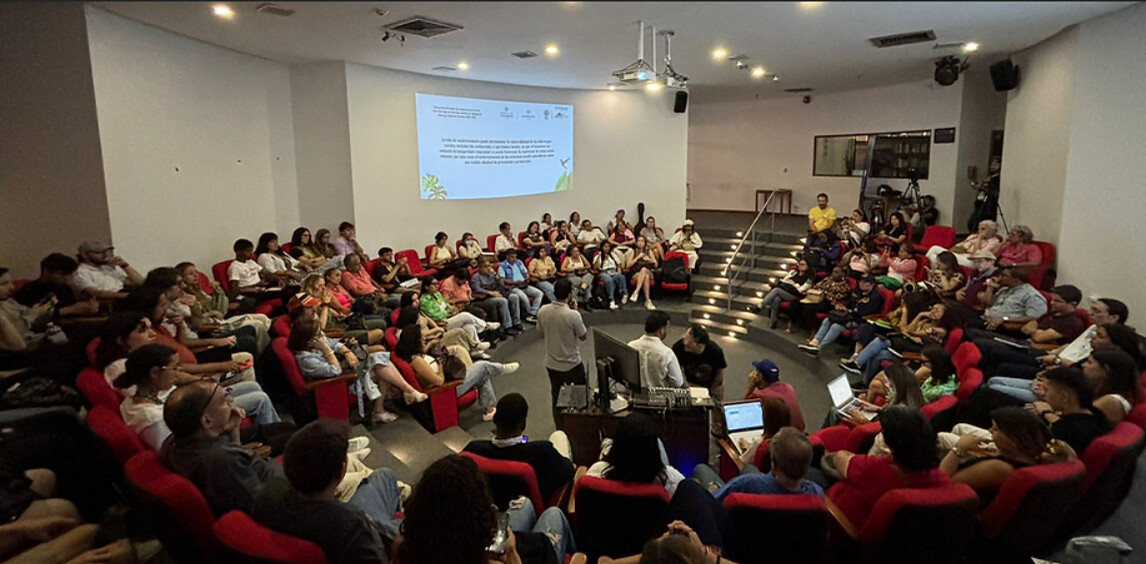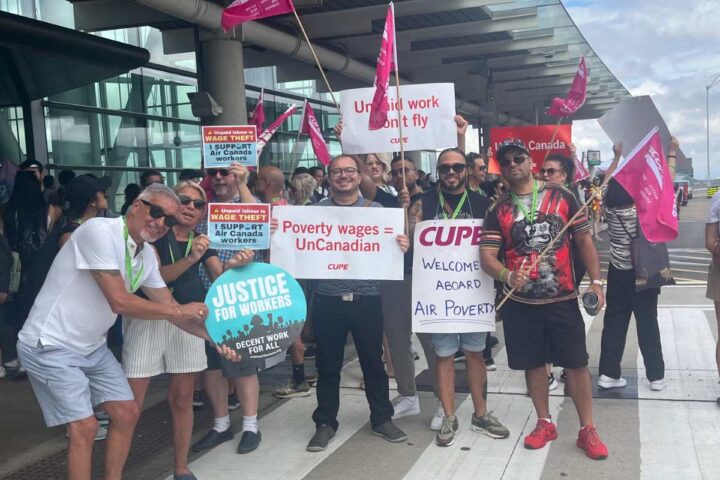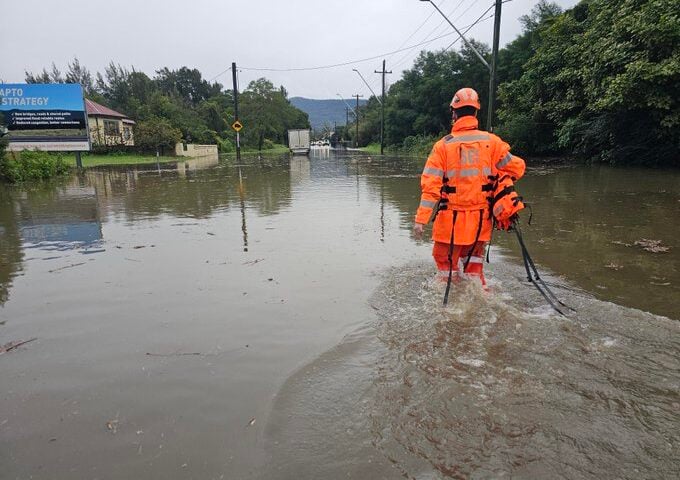The departments of Cauca, Nariño, and Antioquia have accumulated the highest number of homicides against environmental defenders. After 2023 was the deadliest year on record for environmental defenders in Colombia, with 79 murders, data collected so far this year indicates a downward trend, according to a report by the Peace and Reconciliation Foundation (Pares) presented this Wednesday at COP16. This figure is confirmed earlier by a report by Global Witness( Annual Defenders Report 2023/2024).
According to the document, when comparing the years 2023 and 2024, there was a significant difference in the figures: between January and August 2023, 54 crimes were committed, while during the same period in 2024, the number of homicides decreased to 20 cases.
The United Nations Biodiversity summit is being held in the Colombian city of Cali until November 1st for countries to discuss on how to improve nature protection and commit to actions to halt the loss of natural resources. A report by Isabella Puyana from PARES shows Francisco Daza being emphatic by saying that the Global Witness report goes beyond numbers, it highlights the voices of those environmental defenders who were murdered and advocates the importance of environmental defense for those who are still alive.
Regional Analysis and Contributing Factors
In explaining the factors that make Colombia a dangerous country for defending nature, the organization pointed to the presence of armed groups, as they are the main actors carrying out violent actions for territorial control, and the impact of extractive activities.
According to the statistics, between Ivan Duque’s government and the first two years of Gustavo Petro’s administration, 53% of the murders (192 cases) occurred in the departments of Cauca, Nariño, and Antioquia. The report indicated that Cauca was the most affected department, as it concentrated approximately one-third of the homicides (114 cases), representing about 32% of the total.
Investigation Status and Impunity
237 of the 361 cases since 2018, lack information on the identification of the perpetrators; 66% of the murders of environmental defenders don’t have an identified perpetrator, as reported by PARES. This proves negligence towards these heinous cases.
Similar Posts
Demographics and Perpetrators
A total of 31 of those killed in Colombia in 2023 were Indigenous Peoples and six were members of Afro descendant communities. Many families have been disproportionately affected by armed conflicts, land disputes, and human rights violations exacerbated by over half a century of armed conflict. The overwhelming majority of attacks are in the southwestern regions of Cauca (26), Nariño (9) and Putumayo (7). Organized crime groups are suspected to be the perpetrators of half of all defender murders in Colombia in 2023, as reported by Global Witness.
The report indicated that, given the existing information gap about alleged perpetrators of homicidal violence against environmental leaders and defenders in Colombia, data collected by ODEVIDA on known cases showed that Post-FARC Armed Groups (GAPF), commonly known as FARC dissidents, were responsible for more than half of the homicides of environmental leaders and defenders perpetrated by Organized Armed Groups (53%). The document further stated that for every 100 cases of homicidal violence where the alleged perpetrator was identified, 53 cases were committed by dissidents. Specifically, it noted that the percentage of events perpetrated by the Central General Staff accounted for 36% of the total events committed by dissident groups.
Call to Action
Global Witness Report says that the Government and States should take initiative to ensure safety of the environment defenders, they must “Create a safe environment for land and environmental defenders… Systematically identify, document, and analyse attacks against land and environmental defenders,… Facilitate access to justice.”
Different reports and publications from organizations point in the same direction, showing that defending the environment in Colombia carries a vital risk, an issue addressed in different spaces during the COP16 celebration.


















